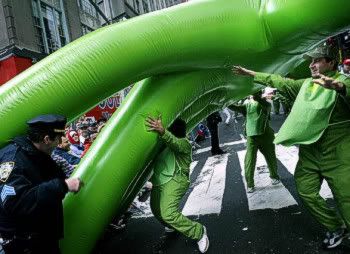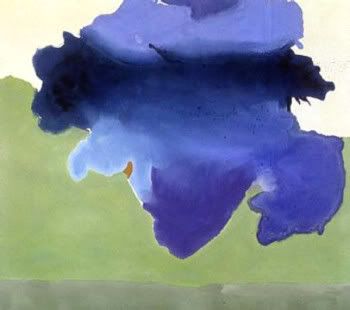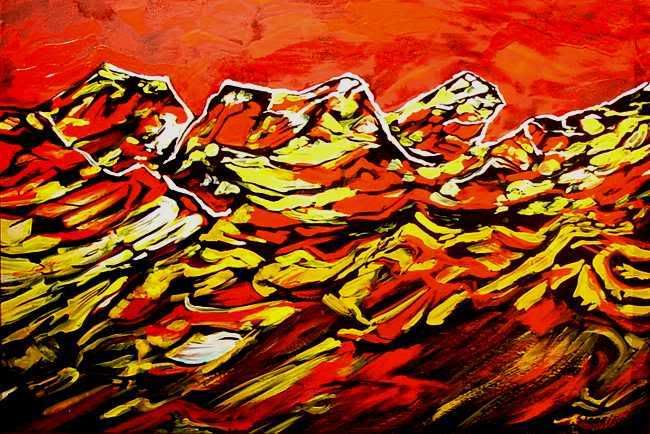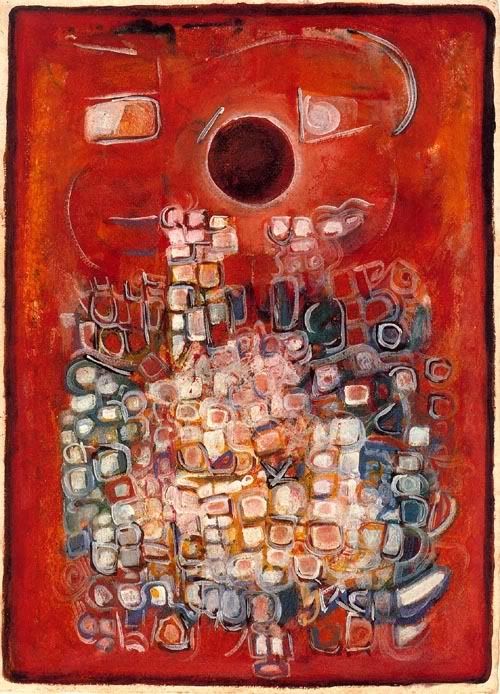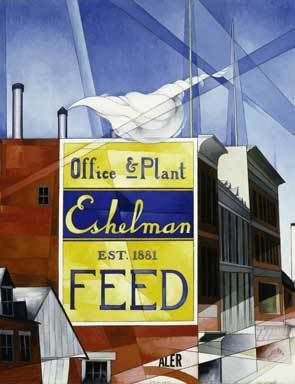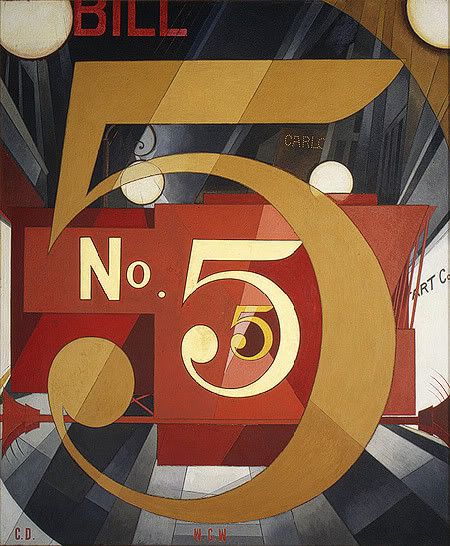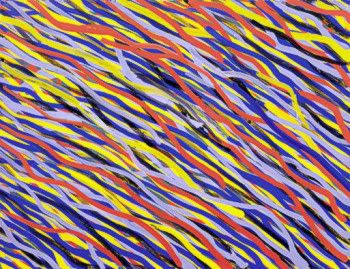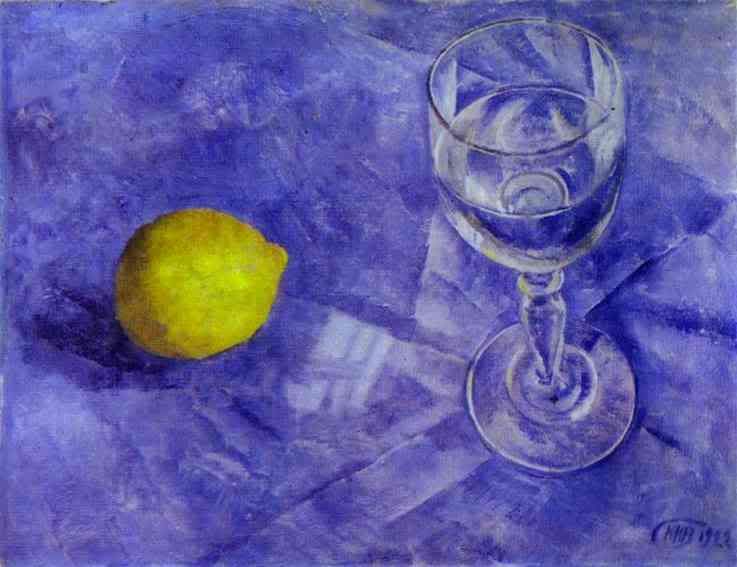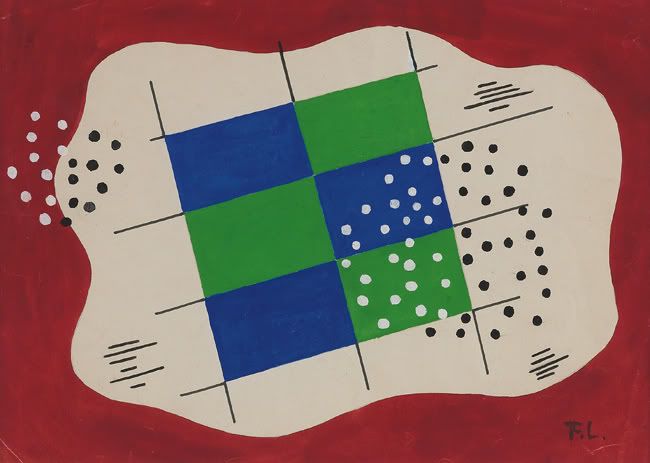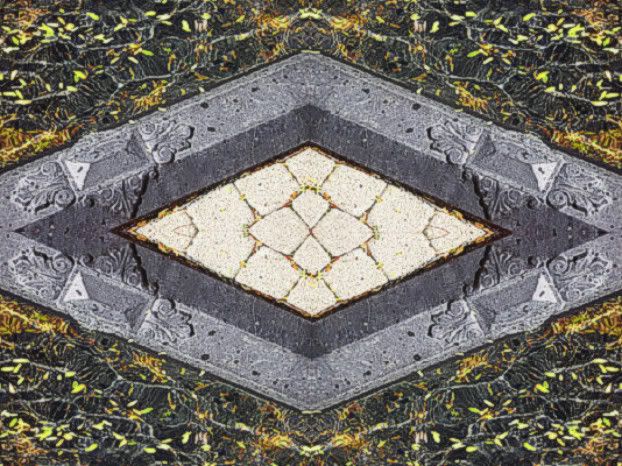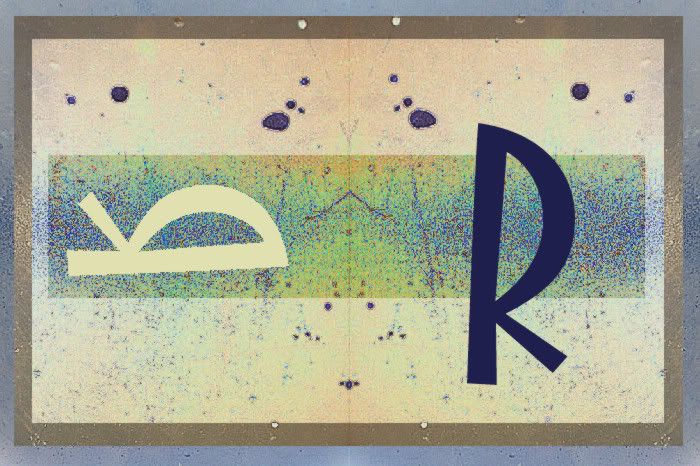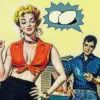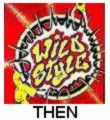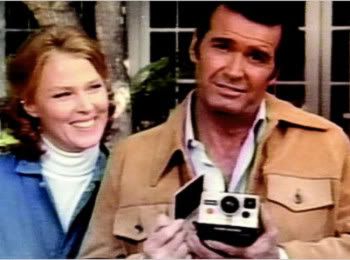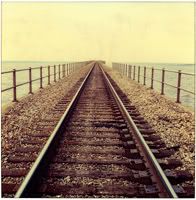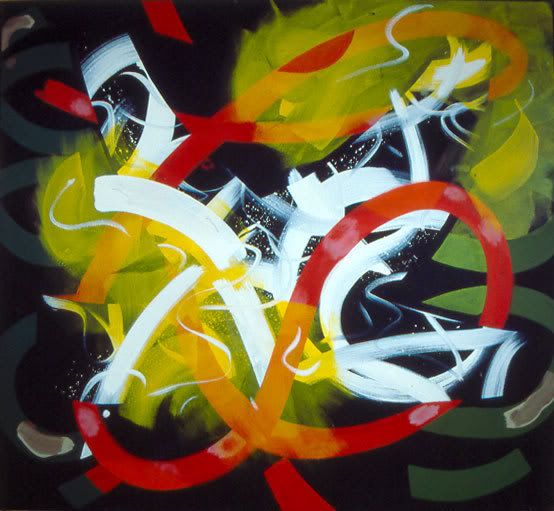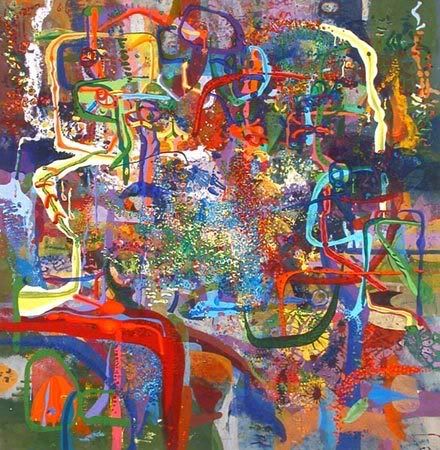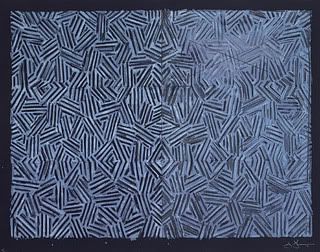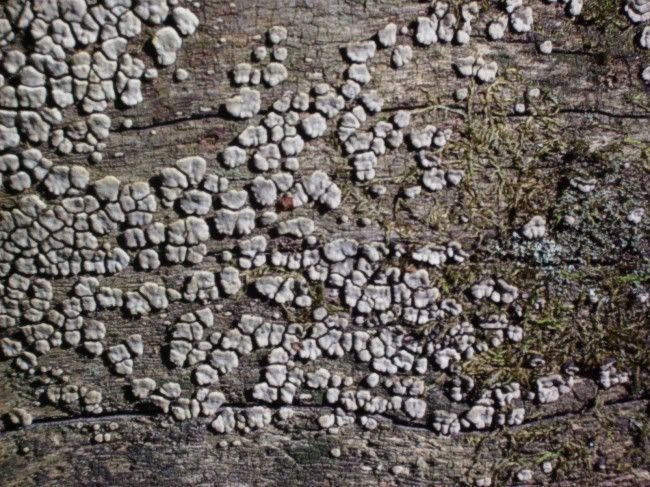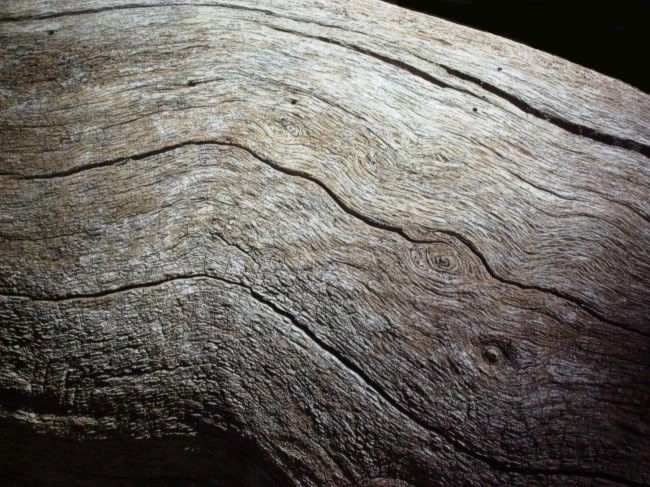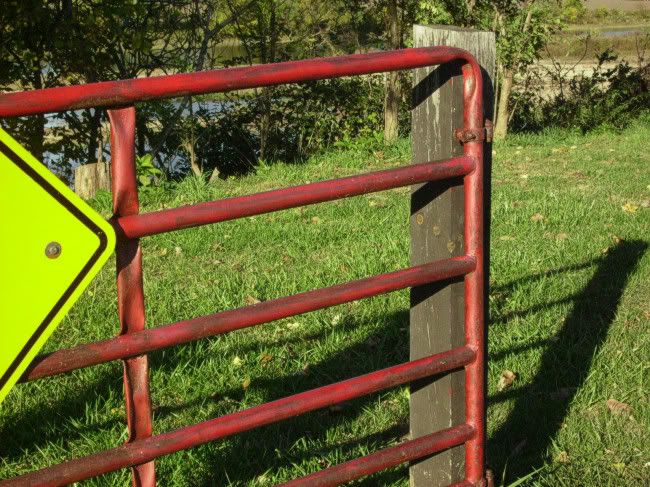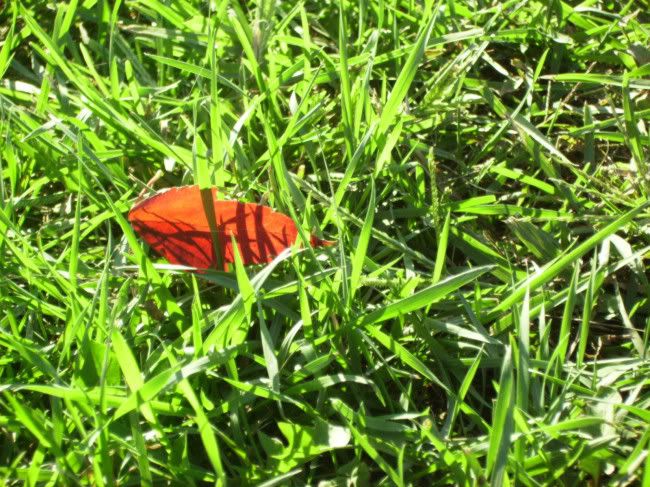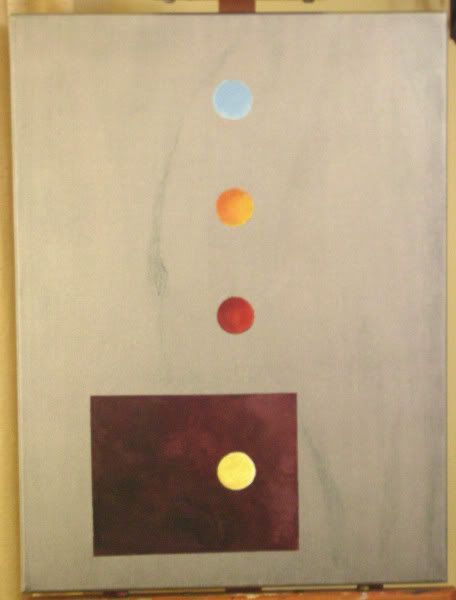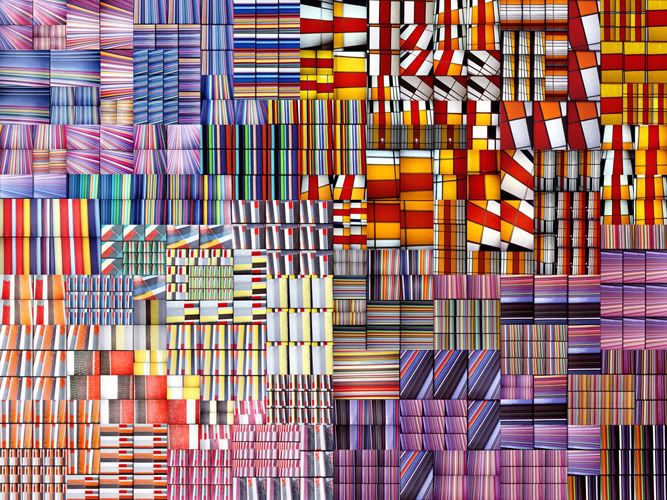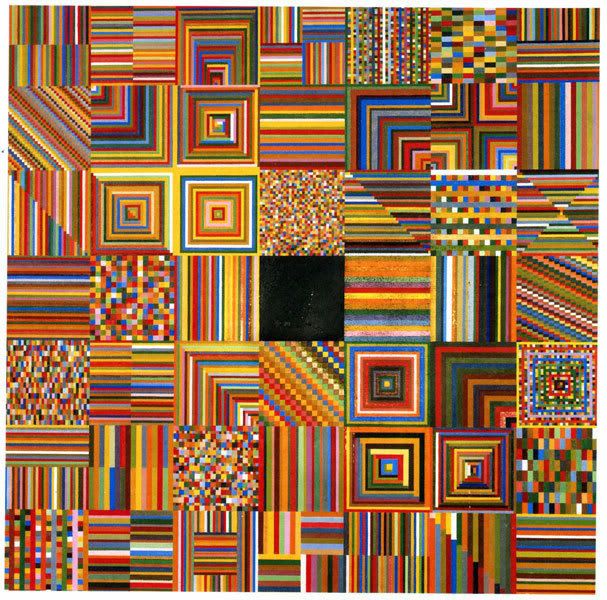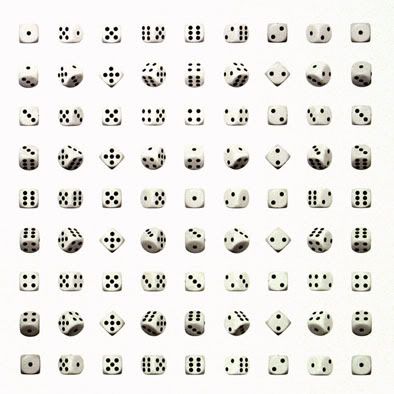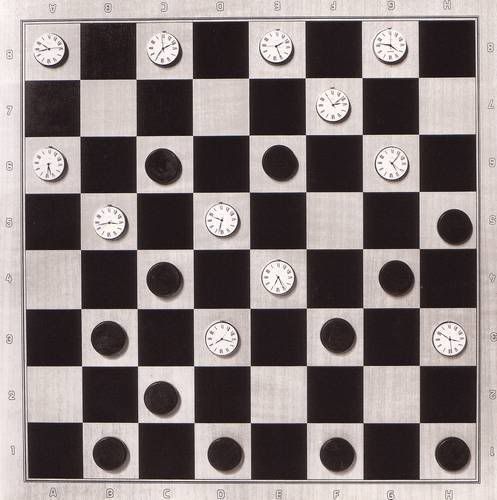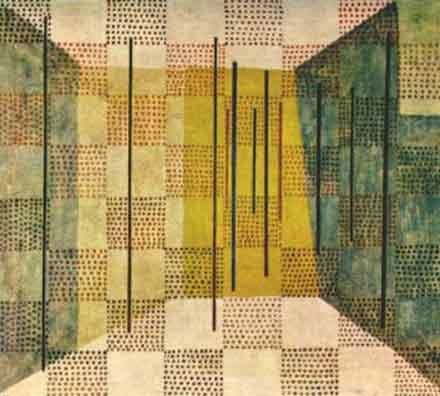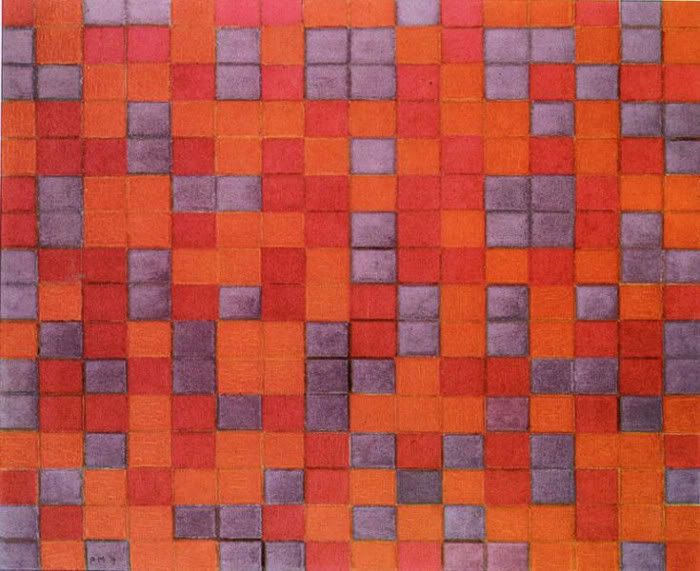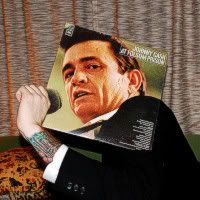 sleeveface
sleeveface: "one or more persons obscuring or augmenting any part of their body or bodies with record sleeve(s) causing an illusion."
.o0O0o.
The Annotated Grateful Dead Lyrics, by David Dodd
Project begun: January, 1995.
Suspended: June 26, 2007.
Where else could you find an essay on
"'Dark Star' as an Example of Transcendental Aesthetics":
"Developed largely from the ideas of Schopenhauer, and later in the early 20th century by [Bennedetto] Croce and [R. G.] Collingwood, this theory sees art as that which produces a holistic sense of 'going beyond' normal life experiences. This transcendence is called the aesthetic experience and things that cause the aesthetic experience are called art."
~ by Steven Skaggs
.o0O0o.
Mr. Skaggs seems to espouse the aesthetic philosophy known as
Expressionism. I might be mistaken; I'm new at this.
Five Philosophies of Aesthetics~ adapted from
Lesson Seven ("Should Art Be For Art's Sake") of
Protest And Persuasion, at Chicana and Chicano Space; clearly this list is specific to the visual arts.
- Imitationalism: Good art imitates the appearance of things. Art should be realistic: it should look like something.
- Formalism: Good art affects its viewers because of the relationship among the visual elements in the artwork (lines, shapes, colors, values [lights and darks], textures, volume, and space). It's interesting to look at. Art is valuable in itself -- art for art's sake.
- Expressionism: Good art expresses the emotions of the maker and has an emotional impact on its viewers. Art is about emotions.
- Instrumentalism: Art should lead to some social good. Art has a function: it does something.
- Institutionalism: Good art is determined by the responses of people with authority in the artworld (artists, critics, curators, scholars, teachers, etc.). Art is what art experts say it is.
.o0O0o.
Something that caught my eye while skimming over Joseph Kosuth's
"Art After Philosophy" (1969): his parenthetical mention of "the apparent other 'functions' of art":
- depiction of religious themes,
- portraiture of aristocrats,
- detailing of architecture,
- etc.
Hmm... An interesting set of possibilities, especially when one considers what constitute the "religious themes" and "aristocrats" of our own culture, here and now. Not the conventional definitions of "religion" or "aristocracy," but what institutions in our own era truly function as analogs to the pre-Industrial concepts represented by those words.
I suspect, for example, that the genuine "religious themes" of present-day American culture are better represented by the advertising industry than by any nominally religious institution.
And what's hiding behind that "etc." at the end of the list? You have piqued my curiosity, Mr. Kosuth! I've been reading John Berger's
Ways of Seeing, so I have all kinds of crazy ideas.
